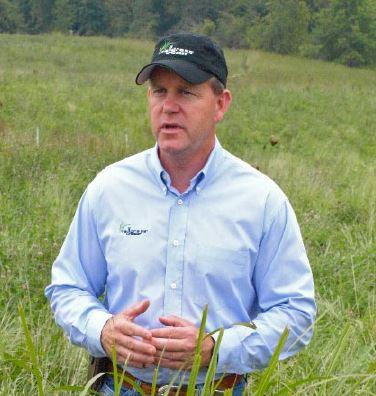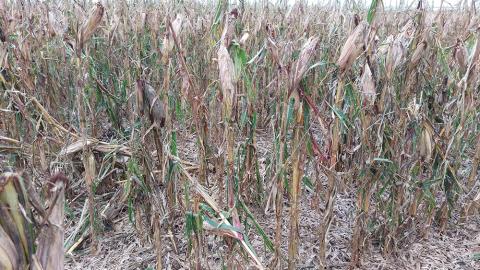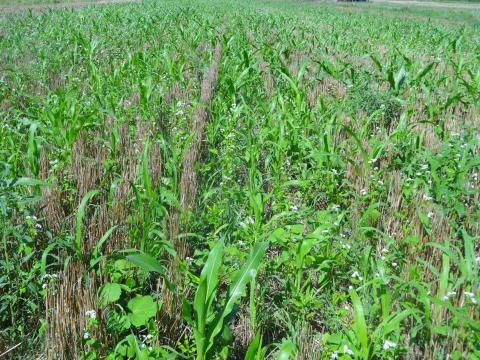Cover Crop, Adaptive Grazing Program Sept. 5
August 24, 2018
Allen Williams, a founding partner of Grass Fed Beef and Grass Fed Insights, will lead an all-day program on Grazing for Soil Health Sept. 5 in Fullerton. Register by Aug. 30.
New Late-Season Hail Videos Added to Hail Know
August 24, 2018
This week four new videos were added to the Hail Know section in CropWatch to address crop assessment and management options after late-season hail, including weed management, cover crops, and forage options.
Cover Crop Considerations Following Late-season Hail Storms
August 24, 2018
Cover crops offer a number of benefits in fields sustaining late-season hail damage, but should be planted soon to provide sufficient time for growth. A guide covers various cover crops and their use, seeding rates, and seeding method.

Cover Crop and Crop Residue Management: How Does it Affect Soil Water in the Short and Long Term?
August 13, 2018
How you manage your soil today impacts its productivity tomorrow. This article focuses on how plant residue management and cover crop use affect water infiltration and plant available water.
Cover Crops for Soil Health in Storm-damaged Fields
July 13, 2018
Fields that were hailed, flooded, windblown, or where planting was prevented this season can benefit from the many soil services provided by cover crops. In addition a growing cover crop can help reduce erosion from water and wind and may help protect soil moisture levels.
Reducing Nitrate Concerns When Grazing Forage Cover Crops
July 22, 2020
Nitrate toxicity can be a concern when planting cover crops for forage in hail-damaged crop fields. With proper management of haying and grazing, the risk can be reduced.
Considerations for Forage Cover Crops after Hail in Corn and Soybean
July 9, 2018
If you were hit hard by hail and need to cover your fields, forage cover crops can provide an opportunity for haying or grazing as well as a protective plant layer. Plant selection is a key factor in successfully managing production.
Related UNL AgNews
May 25, 2018
UNL Research: Land-cover Changes likely Intensified Dust Bowl Drought | Blanco Leads 3-Year Cover Crop Study funded by Nebraska Environmental Trust | Grass-Cast, a New Experimental Grassland Productivity Forecast, Predicts Available Forage




